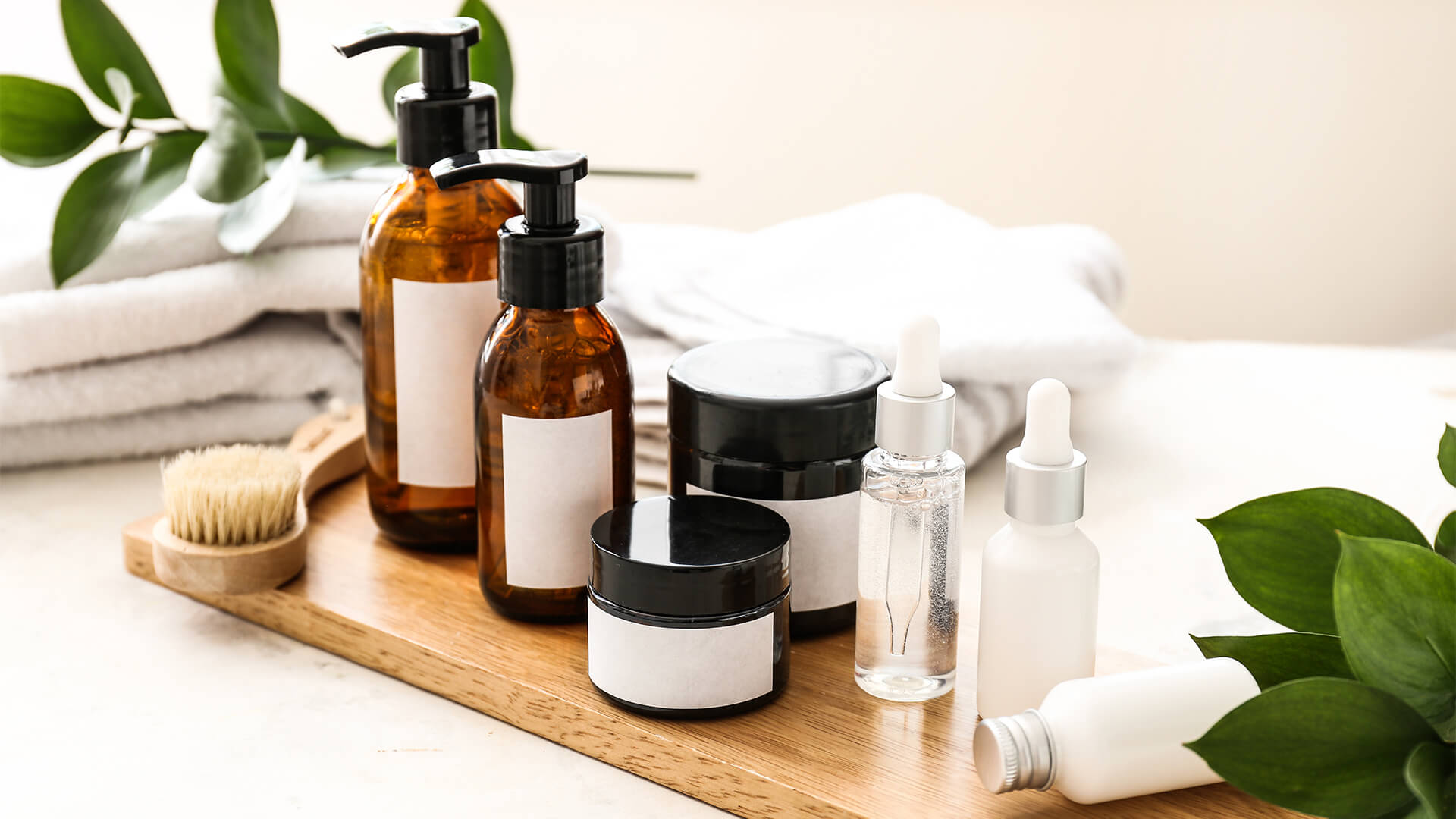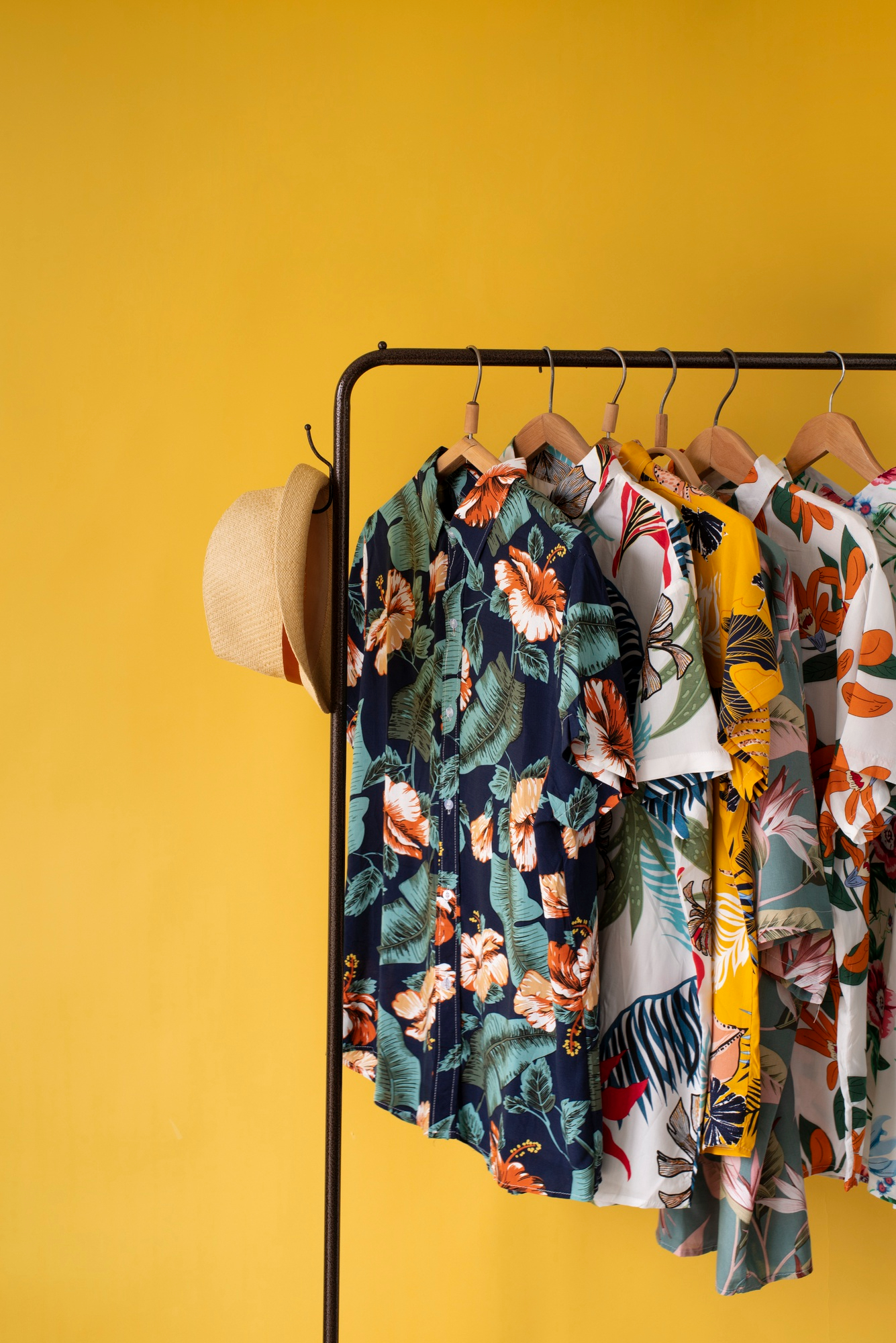
Skincare is an essential part of our daily routine, but it’s easy to overlook the shelf life of the products we use. Using expired skincare products can lead to skin irritation, breakouts, and other negative effects.
Understanding the shelf life of your skincare products can ensure you’re getting the most out of your routine while keeping your skin healthy.
This guide will provide an overview of the shelf life of various skincare products, including cleansers, toners, moisturizers, and serums, as well as discuss the factors that affect their longevity.
The shelf life of skincare products
Cleansers (1 year)
As one of the most frequently replaced items in our skincare routine, cleansers generally have a shelf life of about one year. They are designed to remove dirt and excess oils from the skin, and over time, they can lose their effectiveness.
Toners (6 months – 1 year)
Most toners can last up to a year after opening. However, those created with natural ingredients may have a shorter lifespan, around six months, due to the lack of preservatives.
Moisturizers (6 months – 1 year)
The shelf life of moisturizers can vary significantly depending on the ingredients and packaging. Generally, moisturizers last between six months to one year. However, if the product changes color, texture, or smell, it’s best to discard it immediately.
Serums (6 – 8 months)
Serums, particularly those with active ingredients such as retinol or vitamin C, have a relatively short shelf life. These products generally last between six to eight months. Light and air can degrade active ingredients, so it’s important to keep them in a cool, dark place and ensure they’re properly sealed after each use.
Factors that affect the shelf life of skincare products
Ingredients
The ingredients in a product significantly affect its shelf life. Products with natural ingredients, such as plant extract, tend to have a shorter shelf life because they lack preservatives. On the other hand, products with synthetic ingredients or preservatives can last longer.
Packaging
Packaging plays a crucial role in the shelf life of a skincare product. Products in air-tight, opaque containers are less exposed to air and light, which can degrade certain ingredients. Pump dispensers are also preferable to jars, as they minimize the product’s exposure to bacteria from our fingers.
Storage Conditions
Where and how you store your skincare products can greatly impact their longevity. Heat, light, and humidity can degrade certain ingredients and shorten a product’s shelf life. It’s best to store skincare products in a cool, dark place and avoid leaving them in hot, humid areas like the bathroom.
Using expired skincare products can be harmful to your skin, so it’s important to be mindful of the shelf life of your products. Always check the expiry date, if available, or note the date of opening, and remember the general guidelines for each product type. If you notice any changes in the color, smell, or texture of a product, it’s safer to discard it. Your skin is precious, and using fresh, effective products is key to maintaining its health and beauty.











































